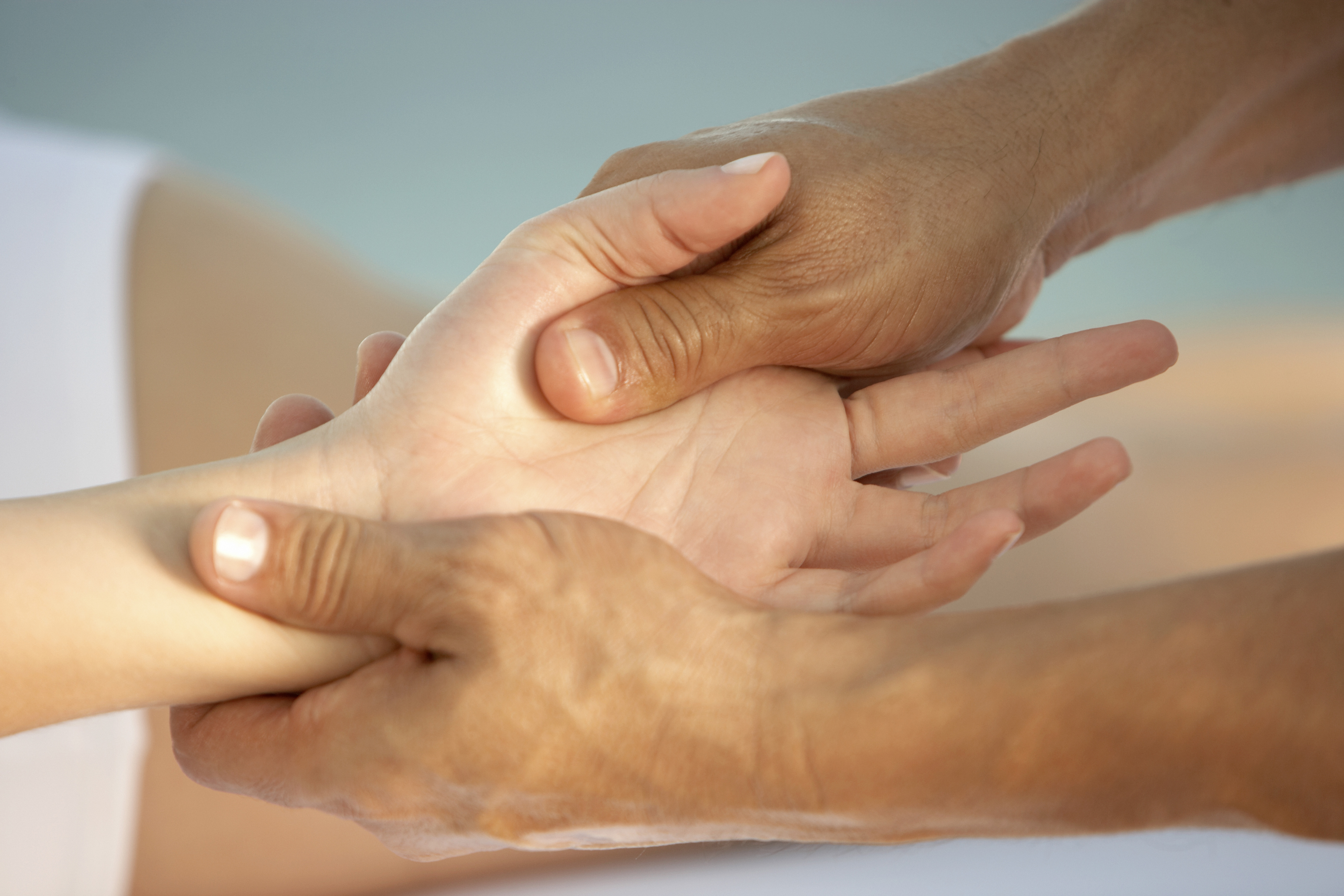July 16, 2019
EveryBody Deserves A Massage Week: Hospice Massage Therapy

While there are a number of off-the-wall health observances on the calendar each year, EveryBody Deserves a Massage Week (July 14 - July 20) certainly caught our eye.
That's because everybody deserves a massage, especially those facing the end of their lives.
Licensed massage therapists are part of several EveryStep teams, providing hospice patients with comfort and sometimes a reprieve from their illness' symptoms.
Hospice Massage Therapist Jill Leary has visited EveryStep patients in the Des Moines area for nearly nine years.
While Leary's path to becoming a licensed massage therapist was winding, she's always put others’ health and comfort first. As a registered dietitian for 15 years, Leary worked in a hospital setting where she became interested in physical therapy.
"I started to get burned out," she says. "I was very interested in what the physical therapists did in the hospital and looked at going back to school for PT."
From there she was guided to a clinical massage therapy school in Chicago.
"Needless to say, patients in a hospital respond with a more positive attitude to a massage therapist visit vs. a dietitian visit for nutrition education," she says.
After becoming a licensed massage therapist in 2000, Leary worked on the oncology unit in a hospital. In 2010, she joined EveryStep and began working with hospice patients.
EveryStep Hospice patients must first receive a physician order and have a care plan started before Leary visits with them. Hospice patients might seek a massage for a number of reasons, including for pain management, improved mental well-being, improved sleep, and company.
"For some patients, hospice visits may be the only outside visitors they get all day," Leary notes. "Many times they appreciate the conversation as much as the massage session."
While the idea of a massage might bring to mind deep pressure to relieve muscle knots, hospice massage isn't that. Instead, Leary says her massages are modified to fit a more fragile participant.
"The massage session is modified to be more tolerated," she says. "The session time is 20 to 30 minutes and the pressure is very light. It is a similar pressure that you may use to put lotion or moisturizer on your own skin."
Additionally, instead of using a massage table, Leary says she "meets the patient" where they're most comfortable, whether that be a recliner, hospital bed, or simply sitting at the dining room table.
"For many people I see, my initial visit is the very first massage therapy session they have ever had," Leary notes. "I love getting someone who is skeptical of massage therapy effects to become a believer."
While Leary notes that massage does not fix everything, she's encountered many satisfied massage patients.
"One patient, after their first 20-minute session reported 'If this is what heaven is like, then I am ready.'" She recalls. "That makes this job wonderful."
Another patient told Leary that the massage session made her "feel like I have had a margarita, but I didn’t.”
The comfort isn't only felt by the patients, family members will also comment on how relaxed a loved one’s facial expression looks during massage session, Leary says.
"It makes me happy to put their mind at ease that their family member is comfortable," she says.